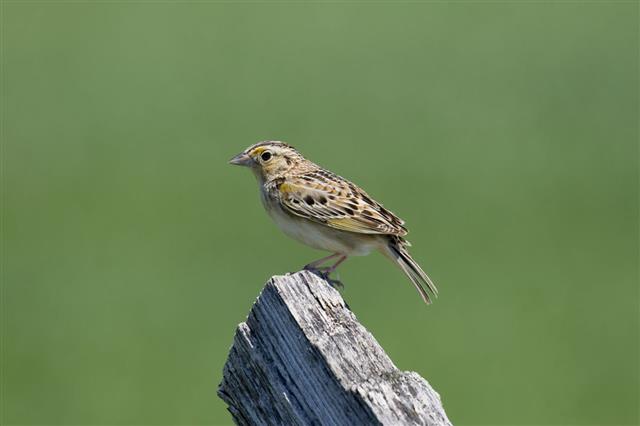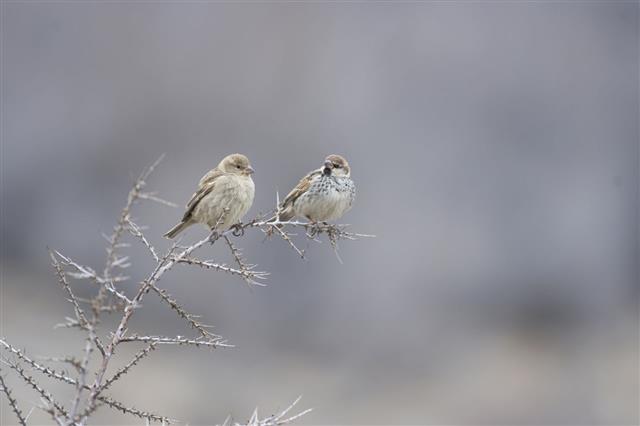
Did you know that Haiku, the poetic technique that originated in Japan, follows the same structure till this day? We have successfully adapted it to suit Western structures. Examples can help us understand this form of poetry better.
Haiku originated in 9th century Japan and are popular even today. Its structure has remained unchanged. In Japanese, the haiku poem has three lines. The first and the last line have 5 moras. The second line is of 7 moras. Mora is just like a syllable but not the same. One cannot use moras in English. Traditional Japanese poems contain a ‘Kigo’ that is, a seasonal word or ‘Kireji’ that is defined as a ‘cutting word’. The Kireji is used at the end of any of the three lines and helps give a definitive ending to the line. A haiku poem in English language consists of the following structure:
- The poem consists of 3 lines
- The first and last lines of the poem has 5 syllables
- The middle line of the poem has 7 syllables
- The lines of a haiku poem rarely rhyme
In ancient Japan, writing haiku was a popular activity referred to as ‘tanka’. Here, a person would write the first three lines in the same 5-7-5 structure. Then, the next person was to add more in the next section using the 7-7 structure, and the chain would continue. Thus, the ‘hokku’ or the first verse would set the mood for the poem. At times, one could add hundreds of verses to a hokku. The term ‘hokku’ gave rise to the name ‘haiku’. Let us see some interesting examples of haiku poems.
Examples of Haiku
It can be written about anything under the sun. There are many forms of haiku poems, let us see some examples.
Haiku Poems in English
The following haiku examples in English will help you understand how a haiku is written. One noun and a connective phrase with five syllables consists of the traditional Japanese haiku poems.
An old silent pond…
A frog jumps into
the pond, splash! Silence again.
~ Basho
Sick and feverish
Glimpse of cherry
blossoms
Still shivering.
~ Ryunosuke Akutagawa
The summer river:
although there is a
bridge, my horse
goes through the water.
~ Masaoka Shiki
Over the wintry
forest, winds howl
in rage
with no leaves to
blow.
~ Soseki Natsume
Haiku Poems About Nature
It originated over 300 years ago in Japan. These short poems help capture the moment in brief. In haiku, the human nature is linked to nature. The following haiku examples about nature will help you understand this idea.
Whispering to
her–
the spotted fawn eyes the
outstretched
water lily.
Sick on a journey-
Over parched
fields
Dreams wander
on.
~ Basho
You rice-field
maidens!
The only things
not muddy
Are the songs you
sing.
~ Raizan
The butterflies
dance
Brilliant colors of
rainbows
Rippling like water.
Earth whirls a
chorus.
Fluttering fair
women talk.
Winter sways gifts.
Haiku Examples for Kids
Warm sun
glinting,
thousands
of unexpected
pools.
~ Paul Brown
Pausing
halfway up the
stair–
white chrysanthemums.
~ Elizabeth Searle Lamb
Willow leaves
fallen
clear waters dried
up stones
one place and another.
~ Yosa Buson
Rain cleared–
for a while the wild
rose’s
fragrance
~ Takahama Kyoshi
I want to sleep
Swat the flies
Softly, please.
~ Masaoka Shiki
Funny Haiku Examples
The teacher’s
drawer
has a frog in it
the class very quiet.
~ Karma Tenzing Wangchuk
Red tricycles trip.
Goofy tinkles
blancmanges.
The noses giggle.
You’re always
typing.
Well, let’s see you
ignore my
sitting on your
hands.
My life is Jello
Sitting and waiting
in the bowl
Patiently to gel.
Cherry, apple, rose,
blossoms in
countless colors–
each one of them
pink.
~ Paul Brown
As you can see, these poems are simple and to the point. They easily explain the idea or moment in 3 simple lines.





